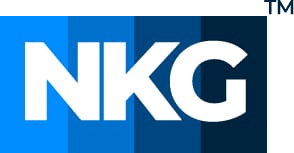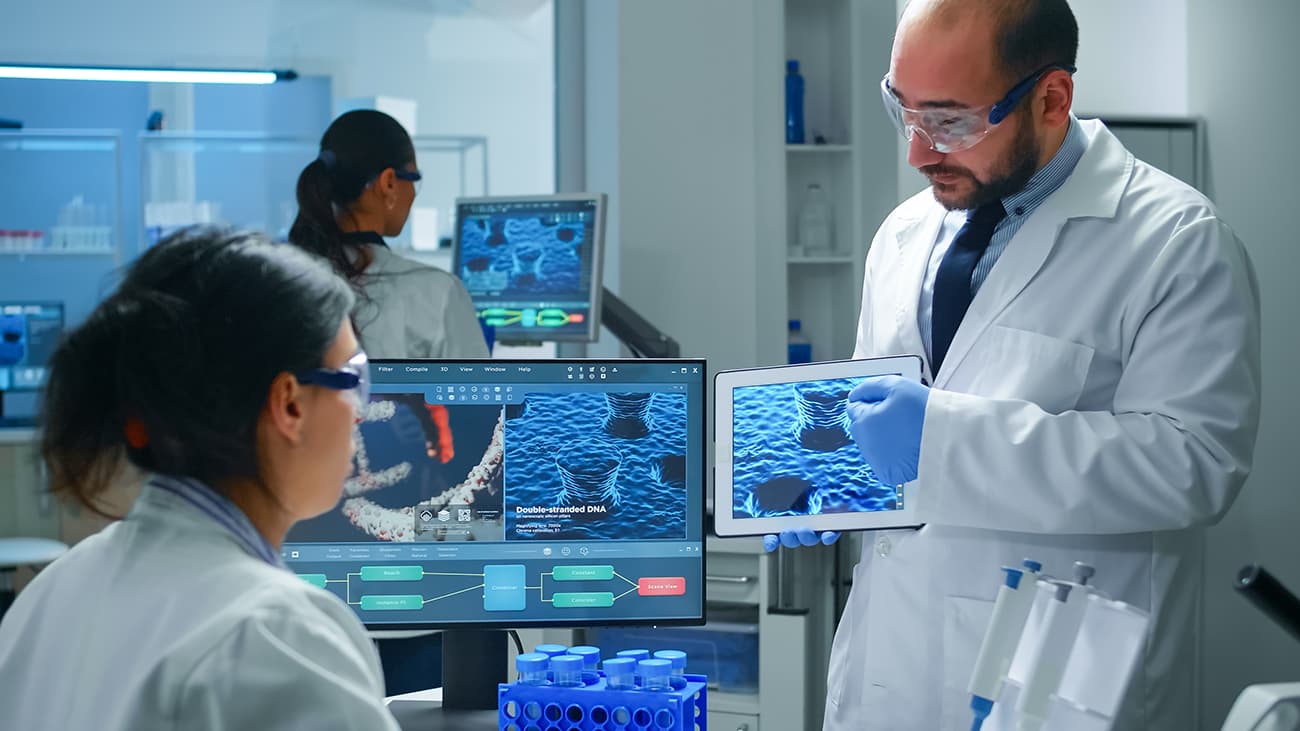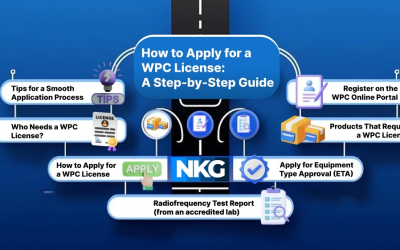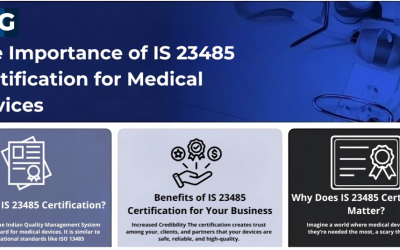Introduction:
The Central Drugs Standard Control Organisation (CDSCO) plays a crucial role in safeguarding the nation’s health by ensuring the safety, efficacy, and quality of drugs, cosmetics, and medical devices available in the Indian market. With the ever-present challenges posed by substandard and counterfeit products, the CDSCO has established comprehensive guidelines that strengthen drug safety compliance and the regulatory framework for drug and cosmetic surveillance. These guidelines, detailed in Circular No. Enforc-11021(11)/16/2024-office dated 09/02/2024, are essential for maintaining public health safety and upholding the integrity of the pharmaceutical and cosmetic industries in India.
Comprehensive Sampling Plan Development:
To ensure the efficacy and safety of pharmaceutical products, the CDSCO mandates that each drug inspector collaborates with their controlling authority to develop a sampling plan. These plans are required on a monthly and annual basis and aim to encompass the full scope of their respective jurisdictions. Moreover, the annual sampling plans undergo a review at the headquarters to ensure a wide variety of brands and categories are covered, thereby avoiding redundant sampling efforts.
Criteria for Sample Selection:
Drug Inspectors will choose samples based on multiple factors that suggest a potential risk to drug quality, including a variety of therapeutic categories, formulations, and manufacturers from a single sales outlet. This process is guided by a non-exhaustive list of indicators:
- Reports from citizens and healthcare professionals or efficacy concerns raised through interactions with various stakeholders such as doctors, pharmacists, or through media.
- A sampling schedule set by the CDSCO that targets specific drugs during certain months.
- Alerts from CDSCO and State Drug Authorities regarding frequently substandard or counterfeit drugs and their points of sale.
- Seasonal environmental changes that could affect drug quality, especially relevant for drugs like antimalarials during their peak season.
- Price variations in identical products aimed at different market segments.
- Drugs sold at significant discounts, which may not align with standard ethical market practices.
- High-volume products.
- Drugs with low potency or a narrow therapeutic index.
- Drugs with tampered labels.
- Season-specific products or those sold during health crises.
- Input from national health programs like deworming or vaccination initiatives.
- Products from newly established manufacturers.
- Suspicious labeling or packaging errors, such as spelling mistakes or illegible text.
- Poor quality of primary packaging or suspicious packaging.
- Products with visible defects.
- Products resembling established brands.
- Lack of proper sales documentation or discrepancies in product details like batch numbers or expiration dates.
- Products are typically distributed through specific channels rather than general availability.
- Products channeled through unconventional distribution routes.
- Interstate purchases that bypass the regular supply chain.
Inspectors must use these criteria in their six-month sampling plan, ensuring no more than three samples are taken from a single outlet, with any exceptions duly recorded and authorized.
Criteria for Selecting Sampling Locations:
Drug Inspectors determine sampling locations using several indicative approaches:
- Areas with frequent reports of non-standard quality (NSQ) drugs.
- Locations receiving multiple market complaints.
- Sites not sampled in over a year by state or central drugs inspectors.
- Government Medical Store Depots.
- Manufacturing facilities in both private and public sectors.
- State and central government hospitals and institutes making local purchases.
- Wholesale and retail sales premises.
- Outlets operating primarily during morning and evening hours.
- Sales outlets near schools and colleges.
- Outlets at border areas of districts, states, or countries.
- Regions with high disease prevalence relevant to the drugs being targeted.
- Locations involving complex manufacturing processes.
- Areas where medicine stability is a risk due to local storage, distribution, and usage conditions.
- Manufacturers not adhering to Good Manufacturing Practices (GMP).
- Complex distribution chains are likely to violate Good Distribution Practices (GDP) and storage standards.
Sample Collection Quantities:
The criteria for the number of samples collected are precisely defined under Sections 22 & 23 of the Drugs & Cosmetics Act 1940. Each inspector is required to collect a minimum of 10 samples monthly, including:
– 09 samples of drugs (APIs, excipients, and formulations)
– 01 sample of cosmetics or medical devices
Strengthening Public Trust with NSQ and Spurious Alerts:
NSQ Alerts:
- Compilation and Submission: NSQ reports generated by state and central laboratories are systematically compiled into an Excel sheet, capturing essential details from the test reports. These compiled reports are mandated to be submitted before the 10th of every month.
- Public Disclosure: The aggregated information is subsequently uploaded to the CDSCO website under the Drug/Device/Cosmetic NSQ Alert section. This process is designed to inform the public about the quality of medical products available in the market, enhancing transparency and trust.
Spurious Alerts:
- Documentation and Analysis: Instances where samples are identified as spurious through distribution chain analysis or manufacturer reports are meticulously documented. This documentation, formatted in a designated Excel sheet, includes the Drug Inspector’s report on distribution chain discrepancies and the manufacturer’s insights on distinguishing genuine from spurious products.
- Monthly Compilation: Field offices from state and central drug authorities are responsible for compiling these spurious alerts monthly, ensuring submission preferably before the 10th of each month.
- Public Accessibility: These alerts are made available on the CDSCO website under the Spurious Drug/Device/Cosmetic Alert section, significantly enhancing public vigilance and safety.
This structured reporting mechanism is a strategic approach to disseminate crucial safety information regarding drugs, devices, and cosmetics, aiming to foster a well-informed public and minimize the risks associated with NSQ and spurious products.
Conclusion
The Central Drugs Standard Control Organisation (CDSCO) is pivotal in ensuring that all pharmaceutical products in India adhere to the highest safety and efficacy standards. By implementing rigorous sampling and surveillance strategies, the CDSCO not only protects public health but also boosts confidence in India’s healthcare products. The comprehensive guidelines outlined in Circular No. Enforc-11021(11)/16/2024-office addresses crucial aspects of drug quality monitoring, including sampling plan development, sample selection criteria, testing procedures, reporting timelines, and public awareness initiatives.
These guidelines serve as a framework for Drug Inspectors, laboratory personnel, and regulatory authorities to collaborate effectively, ensuring a robust drug quality surveillance system. By fostering transparency and engaging the public through NSQ and spurious drug alerts, the CDSCO promotes a well-informed society and minimizes the risks associated with substandard or counterfeit products.







